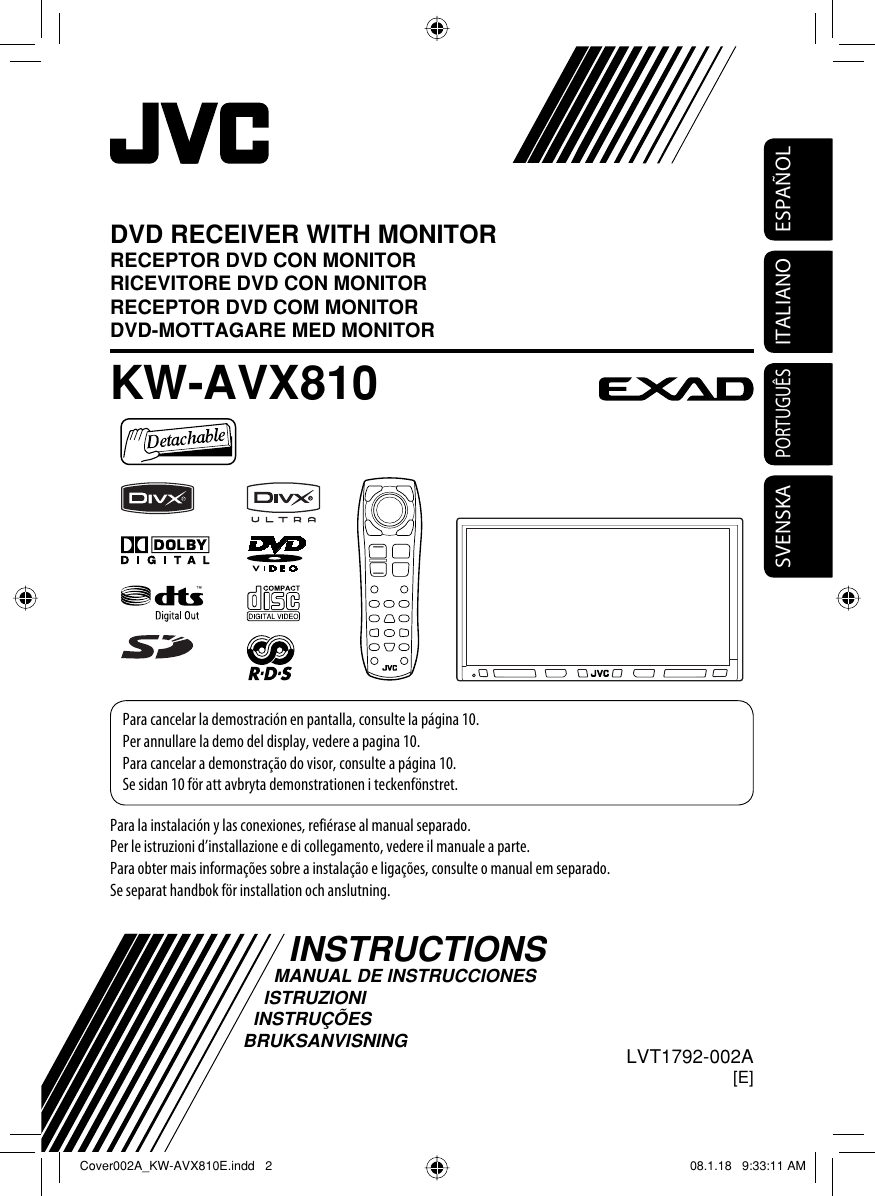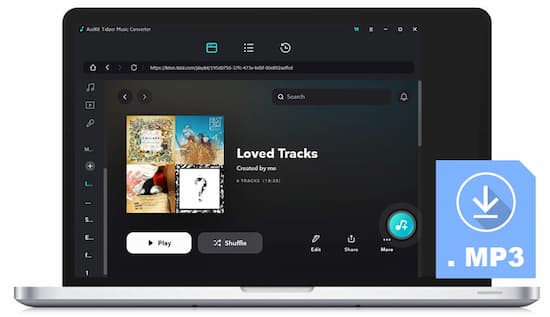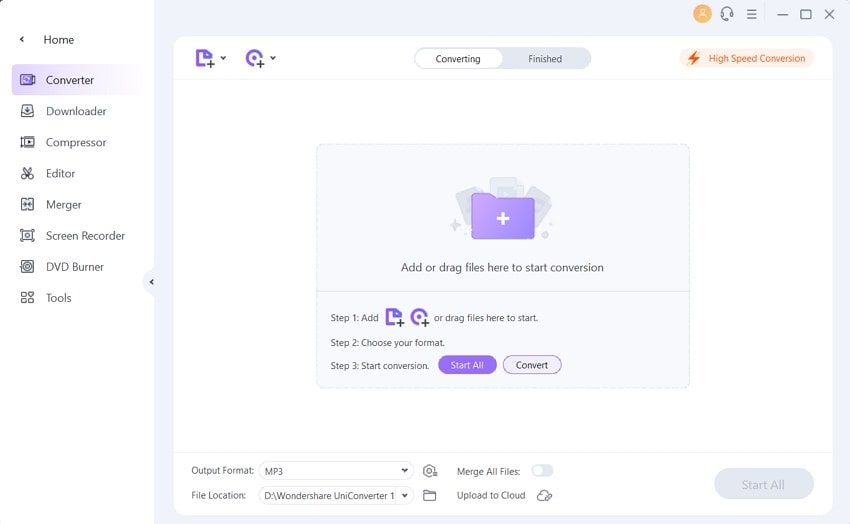New in Pro Tools 10 is the ability to create 32 floating point audio files when recording, in addition to the 16 and 24 bit options that we are accustomed to. Great! But what does this actually mean and what are the implications for your system?
You can optionally remove tracks or effects by using an additional drop-down box to identify these and selecting the - button to subtract it from the mix. Click the Add MP3 box to create both a WAV and MP3 simultaneously. If your version of Pro Tools supports MP3 format alone, you can select it from the File Type drop-down box. In the Pro Tools MP3 Option dialog, click Au-thorize. In the Pro Tools MP3 Export Option dialog, deselect the Use my iLok Smart Key option, then click Next. In the Pro Tools MP3 Export Option dialog, se-lect Internet, then click Next. Follow the online instructions to purchase and authorize the MP3 Export Option. The MP3 exporting option is included with Pro Tools versions 9 and later. An additional purchase is needed to enable MP3 exporting for earlier versions. Pro Tools Express does not support MP3 exports. Jul 08, 2010 The MP3 Export Option lets you create MP3 files from Pro Tools® sessions when using Bounce to Disk or exporting a region as a new audio file. Digidesign can only assure compatibility and provide support for hardware and software it has tested and approved.
The Theory
32 bit floating point audio files have a theoretical dynamic range of up to around 1680 dB. Compare that with the 144 dB available from 24 bit recordings and you will realise that it's quite an improvement! In terms of resolution that's a lot more than the human brain could ever decipher. Add to that the fact that there is no audio interface currently available that has Analog-to-Digital and Digital-to-Analog converters that are anything but either 16 or 24 bit and you may begin to wonder - what's the point?

The Advantages
So having your 24 bit recordings in 32 bit floating point format will not change the quality of the initial recordings themselves, but creating audio files in this format before they are processed by plug-ins will help you avoid the following:

- Clipping during AudioSuite rendering
- Unnecessary noise introduced by AudioSuite dithering
- Rounding errors during signal processing
These issues then are mostly caused by the fact that with either 16 or 24 bit audio the data requires conversion at the point of processing.
The Disadvantages
So, it is a '˜good thing' from a quality point of view to have your audio in the 32 bit floating point format from the start, but is there a downside? 32 bit files are 50% bigger than their 24 bit counterparts, and 100% bigger than the 16 bit equivalent. For example, 60 seconds of 44.1 kHz mono 16 bit audio will take up roughly 5 MB of hard drive space and require a data throughput of 83 kB/s. These figures will double at 32 bit. Still not huge numbers by today's standards maybe, but 10 minutes of a 64 (mono) track session recorded at 32 bit and 192 kHz will take up roughly 28 GB and require data throughput of 48 MB/s just to play back.
Relative data sizes for different bit depth files.
Using 32 Bit Floating Point
You can set up a new session that creates 32 bit files in the Quick Start dialog or the New Tracks dialog (see images).

Quick Start dialog.
New Session dialog.
In addition, one of Pro Tools 10's new features is the ability to support multiple file formats in the same session (those who have been using Pro Tools since day one please pick yourselves up off the floor!) It is therefore possible to '˜Add' (as opposed to '˜Convert') existing 32 bit files to a session which has been set to record in another file format, and you can also change the recording file format on the fly in the Session Setup dialog (Setup > Session).
Bit depth can be changed mid-Session!
Added to this, the ability to Bounce and Export audio at 32 bit means that, in a more complex workflow, it will be possible to move 32 bit files from one session to another without compromising quality.

Bounce in 32 bit.
Export in 32 bit from the Clips List.
Pro Tools Mp3 Option Torrent
Want to learn more about the new features in Pro Tools 10? You've come to the right place as macProVideo.com is an Avid Learning Partner Online!
Check out all the tutorial-videos for Pro Tools 10 here.
Pro Tools 8 Mp3 Option
Pro Tools > Time Stretching in Pro Tools
|